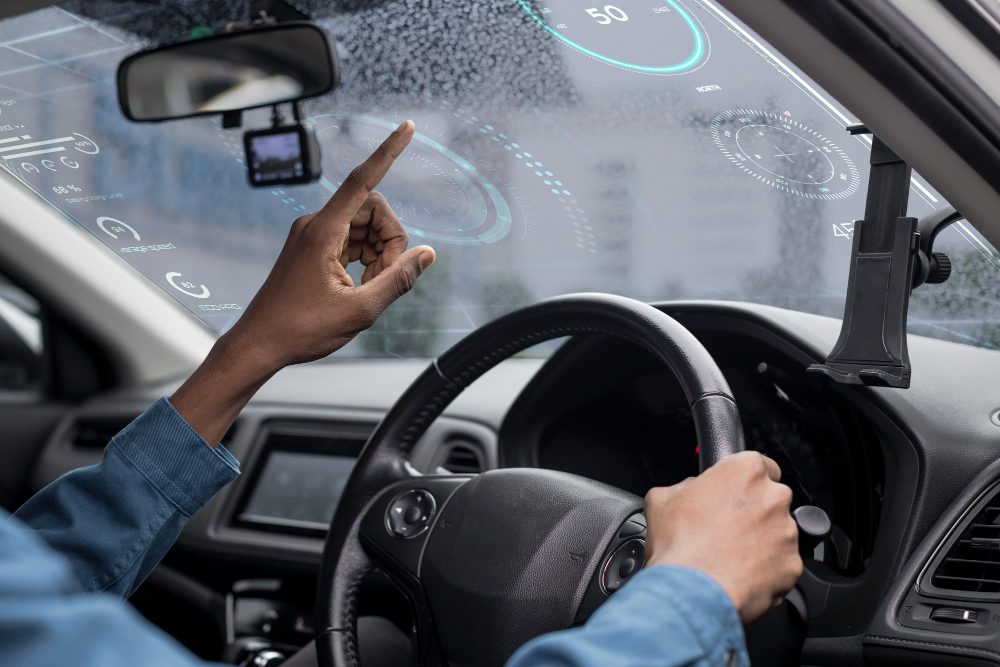In today’s rapidly evolving urban landscapes, surveillance has become a critical component of public safety, efficient traffic management, and law enforcement. As cities become more crowded and transportation networks increasingly complex, traditional surveillance methods often fall short in delivering the accuracy, speed, and scalability that modern urban environments demand. Enter ANPR, or Automatic Number Plate Recognition—an intelligent, AI-powered solution that is redefining how cities monitor vehicular movement and uphold security.
Understanding ANPR Technology
ANPR, or Automatic Number Plate Recognition, is a computer vision technology designed to read vehicle license plates using cameras and image processing algorithms. At its core, ANPR captures images of vehicles, extracts the license plate from the image, and then uses optical character recognition (OCR) to convert the plate number into readable, digital text.
What sets ANPR apart from manual identification or basic CCTV surveillance is its automation and speed. The system works in real-time, 24/7, under various lighting and weather conditions. It can handle multiple lanes, detect plates at high speeds, and store data for further analysis or cross-verification. ANPR systems are increasingly being embedded in urban infrastructure—on highways, at traffic signals, toll booths, parking lots, and even within law enforcement vehicles.
Why ANPR is Indispensable for Urban Surveillance
As cities grow and mobility increases, managing the movement of vehicles becomes more complex. Surveillance systems in urban areas are not just about watching—they are about interpreting, acting, and responding quickly. ANPR enables exactly that. With its ability to instantly identify and log vehicles, ANPR offers a deep layer of intelligence to urban surveillance.
For instance, in scenarios involving hit-and-run cases, stolen vehicles, or traffic violations, time is of the essence. ANPR provides law enforcement with instant access to vehicle information, significantly reducing the time between incident and response. Unlike traditional CCTV footage that requires manual inspection, ANPR flags suspicious vehicles in real-time, making surveillance smarter and more responsive.
Moreover, ANPR enhances urban traffic monitoring by allowing authorities to analyze vehicle flow patterns, enforce speed limits, and identify bottlenecks. By capturing data consistently across key intersections and roadways, it provides valuable insights that inform urban planning and traffic policy.
Integration with Smart City Infrastructure
One of the most compelling aspects of ANPR is how seamlessly it integrates with broader smart city frameworks. Cities are increasingly adopting IoT (Internet of Things) networks that link various systems—public transportation, traffic lights, emergency services, and surveillance. ANPR fits neatly into this digital ecosystem.
When ANPR data is integrated into a centralized urban control center, city administrators can make data-driven decisions in real time. For example, if a vehicle involved in a crime is detected entering a particular zone, the control center can alert local authorities, redirect traffic, or even initiate automated lockdown procedures for that area. Such capabilities represent a major advancement in how cities respond to emergencies and ensure public safety.
Beyond security, ANPR data is invaluable for urban development. Planners can use long-term data trends to understand traffic density, peak travel times, and commuter behavior. This helps in designing more efficient roads, optimizing public transport routes, and reducing congestion. It turns raw surveillance into actionable intelligence.
Addressing the Challenges of Urban Traffic Violations
Urban environments are often plagued by traffic violations—speeding, red-light jumping, illegal parking, and more. These offenses not only endanger lives but also strain public resources. Manual enforcement is often ineffective and inconsistent, especially in densely populated areas. ANPR solves this by automating the detection and documentation of such infractions.
For instance, an ANPR system positioned at an intersection can capture license plates of vehicles that run red lights. It immediately records the date, time, and location of the offense, along with photographic evidence. This not only aids enforcement but also acts as a deterrent, as drivers are aware that violations will be caught and penalized without exception.
Real-Time Alerting and Threat Detection
One of the most significant advantages of ANPR in urban surveillance is its real-time alerting capabilities. Security threats involving vehicles—such as those used in smuggling, theft, or terrorism—can be quickly detected when their license plates are run through hotlists or databases of interest.
Once a match is found, the system immediately sends alerts to relevant authorities. This automation drastically improves the chances of intercepting such vehicles before any damage is done. It also provides law enforcement with critical location data that helps track and predict the movement of suspicious vehicles across city zones.
Because ANPR systems can be deployed at strategic entry and exit points of a city, they serve as virtual checkpoints—screening every passing vehicle without disrupting traffic. This form of silent, non-intrusive surveillance ensures that threats are identified without infringing on the privacy of law-abiding citizens.
Conclusion
In an era where cities must balance the demands of safety, mobility, and efficiency, ANPR stands out as a transformative technology. It bridges the gap between traditional surveillance and intelligent monitoring, offering cities the tools they need to stay ahead of security threats, enforce traffic laws effectively, and make data-driven planning decisions.
By investing in ANPR infrastructure, urban centers are not just enhancing their ability to watch—they are empowering themselves to act. As cities continue to grow and evolve, ANPR will remain a cornerstone of modern urban surveillance, helping ensure that public spaces are not just monitored, but meaningfully protected.


